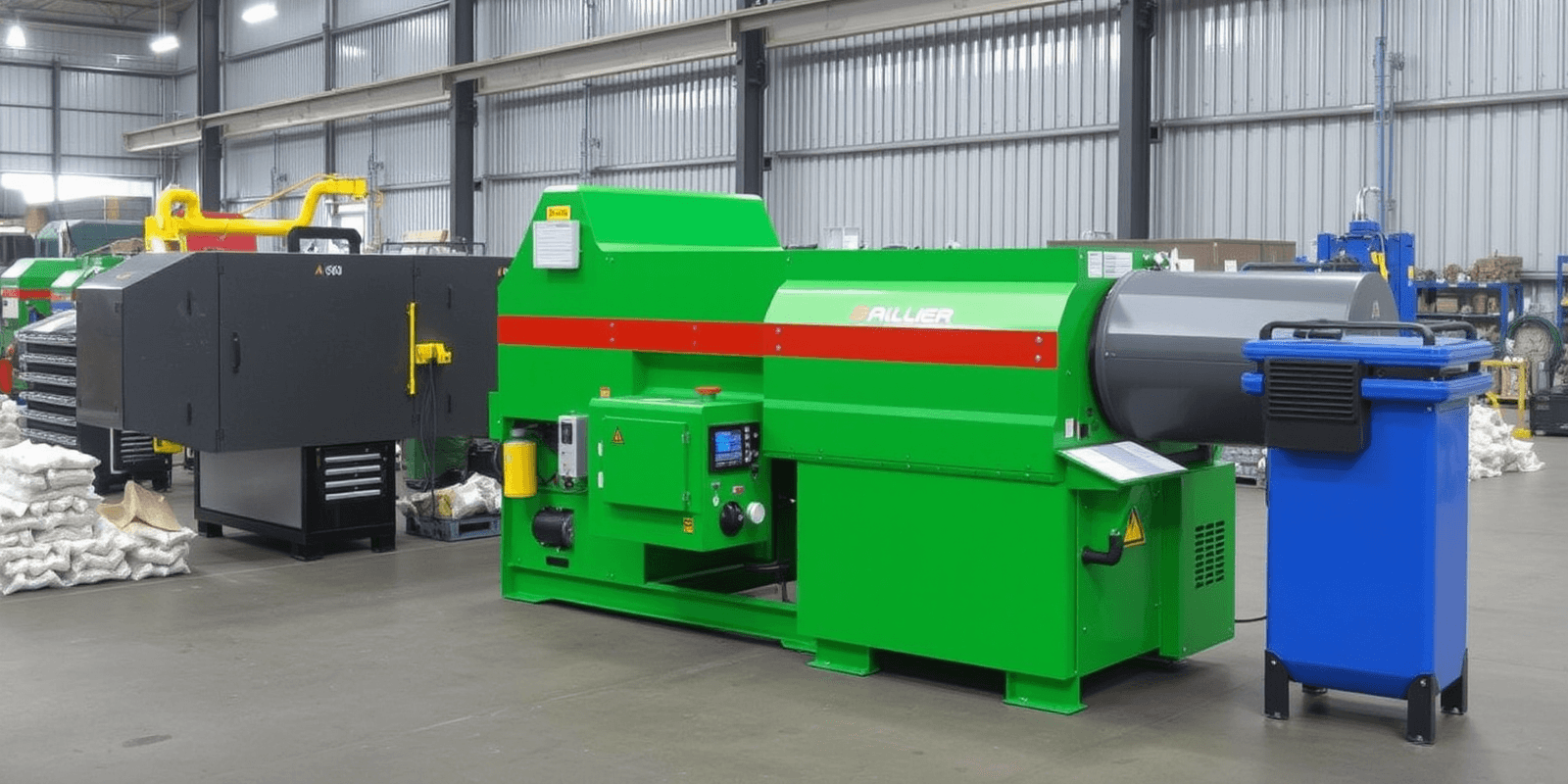Physical Address
304 North Cardinal St.
Dorchester Center, MA 02124
Physical Address
304 North Cardinal St.
Dorchester Center, MA 02124

When it comes to processing plastic waste in an industrial setting, selecting the right plastic shredding machine is crucial. Whether you’re dealing with production scraps, post-consumer materials, or recycling efforts, having the appropriate equipment can significantly impact your efficiency, cost-effectiveness, and environmental footprint. This guide aims to help businesses identify the most suitable plastic shredding machine for their operations by considering key factors like throughput capacity, material type compatibility, and maintenance considerations.
Plastic shredding machines are essential tools in many industries, including manufacturing, recycling, and waste management. These machines break down large pieces of plastic into smaller, more manageable sizes. The choice of a plastic shredder depends on various factors, including the volume of plastic waste generated, the types of plastics involved, and the desired output size. Understanding these basics will help you make an informed decision when selecting a plastic shredding machine.
One of the primary considerations when choosing a plastic shredder is its throughput capacity. This refers to the amount of material the machine can process within a given time frame, typically measured in kilograms per hour (kg/h) or tons per hour (t/h). High-throughput machines are ideal for large-scale operations where significant volumes of plastic need to be processed quickly. However, if your operation deals with smaller batches or requires more precise control over the shredding process, a lower-capacity machine might be more appropriate.
The type of plastic you plan to shred also plays a critical role in determining the right shredding machine. Different plastics have varying properties, such as hardness, density, and melting point, which affect how they should be processed. For example, a machine designed for rigid plastics may not perform well with flexible materials like film or foam. Ensure that the shredder you choose is compatible with the specific types of plastic you intend to process to avoid performance issues and potential damage to the equipment.
Maintenance requirements can vary widely among different shredders, so it’s important to consider these factors when making your selection. Look for machines that offer easy access to components for cleaning and replacement, as well as those with robust construction that can withstand frequent use. Regular maintenance can extend the lifespan of your shredding machine and ensure consistent performance. Additionally, consider the availability of spare parts and the proximity of service centers, as these factors can impact long-term operational costs and downtime.
Single-shaft shredders are versatile machines commonly used in recycling and waste management applications. They feature a single rotor with cutting knives that rotate against a stationary bed knife, effectively reducing plastic materials to smaller sizes. These shredders are known for their high throughput capacities and ability to handle a wide range of plastic types. They are particularly useful for processing mixed plastic waste, as they can efficiently reduce the size of bulky items without requiring pre-sorting.
Two-shaft shredders employ two counter-rotating shafts equipped with cutting teeth. These machines are designed for heavy-duty applications where the goal is to produce relatively large-sized particles. Two-shaft shredders are often preferred in industries that require a consistent output size, such as automotive recycling, where shredded materials need to meet specific specifications. They are also suitable for handling tough materials like reinforced plastics and composites.
Twin-rotor shredders consist of two rotors that operate in opposite directions, creating a powerful shearing action that effectively breaks down plastic materials. These machines are particularly effective for processing large, bulky items and are commonly used in recycling facilities that deal with end-of-life vehicles (ELVs), electronic waste (e-waste), and other large plastic components. Twin-rotor shredders are known for their high torque and low speed, making them ideal for applications where precision and control are paramount.
Choosing the right plastic shredding machine for your industry involves careful consideration of several key factors, including throughput capacity, material type compatibility, and maintenance requirements. By evaluating these aspects and understanding the strengths of different types of shredders, you can select a machine that meets your specific needs and enhances the efficiency of your operations. Remember to consult with experts and conduct thorough research to ensure that your investment aligns with your long-term goals and sustainability objectives.